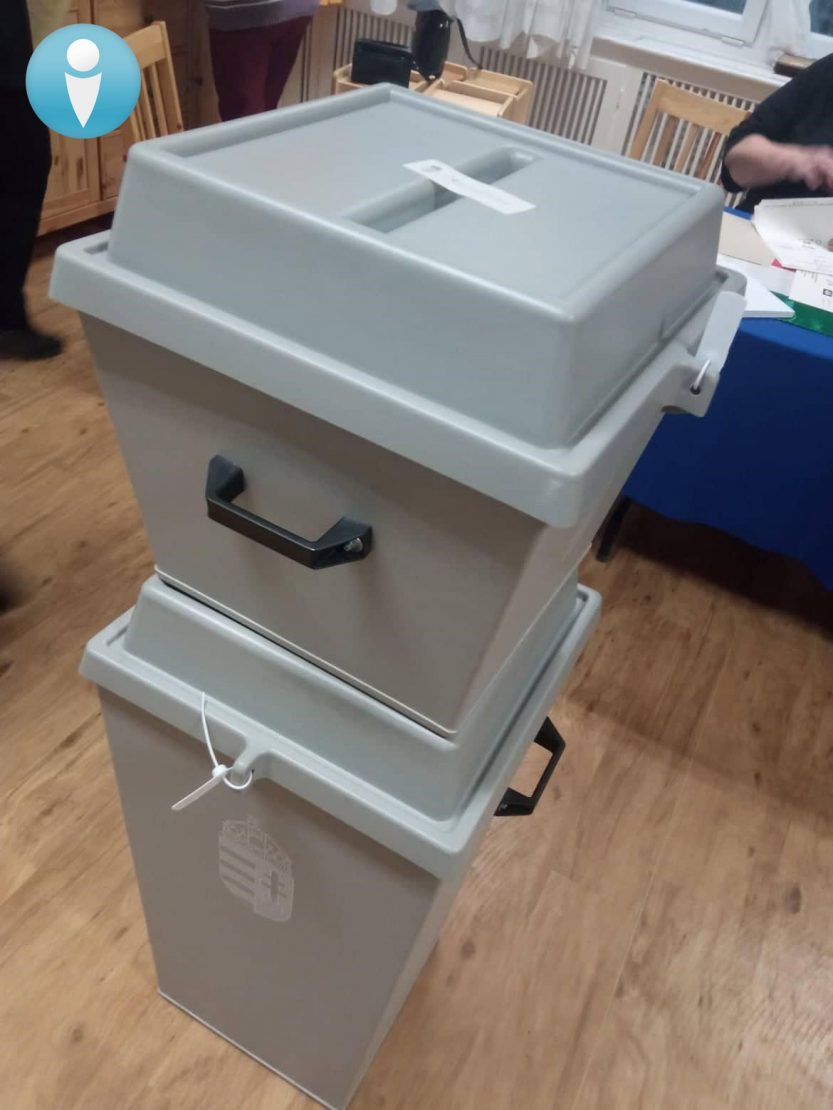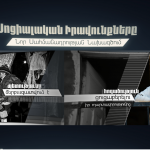- 11 April, 2022
- Elections

The Union of Informed Citizens carried out an observation mission consisting of two mobile groups in the Hungarian parliamentary elections on April 3, 2022.
The purpose of the mission was to study the differences between the electoral processes in Armenia and Hungary on the voting day.
The mission did not observe the election campaign, media and political environment and did not seek to get a picture of election violations. During the voting day, the mobile groups visited polling stations in Budapest and nearby towns and villages.

The following arrangements worth mentioning and different from the electoral legislation in Armenia were observed during the monitoring.
FURNISHING
In Hungary, the furnishing was different from that in Armenian polling stations. In particular, there were two types of voting booths.
The first type was the closed ballot box, where the secrecy of the ballot was completely maintained. The other type of ballot box was similar to the ballot boxes used in Armenia, which, unlike in Armenia, were not positioned so that the voter faces the voting room, but vice versa, as a result of which it was possible to identify the voter’s voting decision.

However, during the whole observation of the elections, no case was observed when anyone would try to control the voting of the voter.
It should be noted that the polling stations we observed were mainly adapted for voters in wheelchairs – the entrance to the polling station, bathrooms, voting booths.
Precinct Electoral Commissions
The commissions consisted of 10 members, who mainly carried out the work from the seats provided for them․ It was seldom the case that commission members needed to explain the electoral process to voters or guide them at the polling station.
One could assume that the voters were well informed about the voting procedure, the candidates, as well as the location of their polling station. It should be noted that there were rare cases of accumulation of people in the vicinity the polling stations. In Hungary, unlike in Armenia, the voting lasted 13 hours, from 06:00 to 19:00.

VOTE TABULATION
After the end of the voting, the ballot boxes were sealed and were not opened until the end of the counting of unused ballots.

Unlike in Armenia, where after opening the ballot box, the chairperson of the commission removes the ballot envelopes one by one and announces the voting, in Hungary the contents of the ballot boxes were completely emptied on the table, and all commission members began sorting the ballots according to voting.

At the end, the ballots voted for the same candidate / political force were added to each other, invalid ballots were counted, and the data were registered in the relevant form.
Here too, the commission determined by a collegial decision whether the ballot was invalid, but during the whole monitoring, no disagreement on the matter was observed among the members of the commission.
During the vote tabulation process, the commission members counted the votes at least twice. In case of no match, they counted until the results coincided. Then the results were reported to the superior commission, and after receiving the latter’s approval, the results were registered at the polling station. It should also be mentioned that the voters could put the ballots in the ballot box with an envelope or without an envelope, at their discretion.
COVID-related measures
Nowhere was there specific COVID-related restrictions, as a result of which the issue was not addressed in the polling stations, although some citizens wore protective masks and kept their distance from each other. However, it was rare and was based on purely individual initiative.
Union of Informed Citizens





